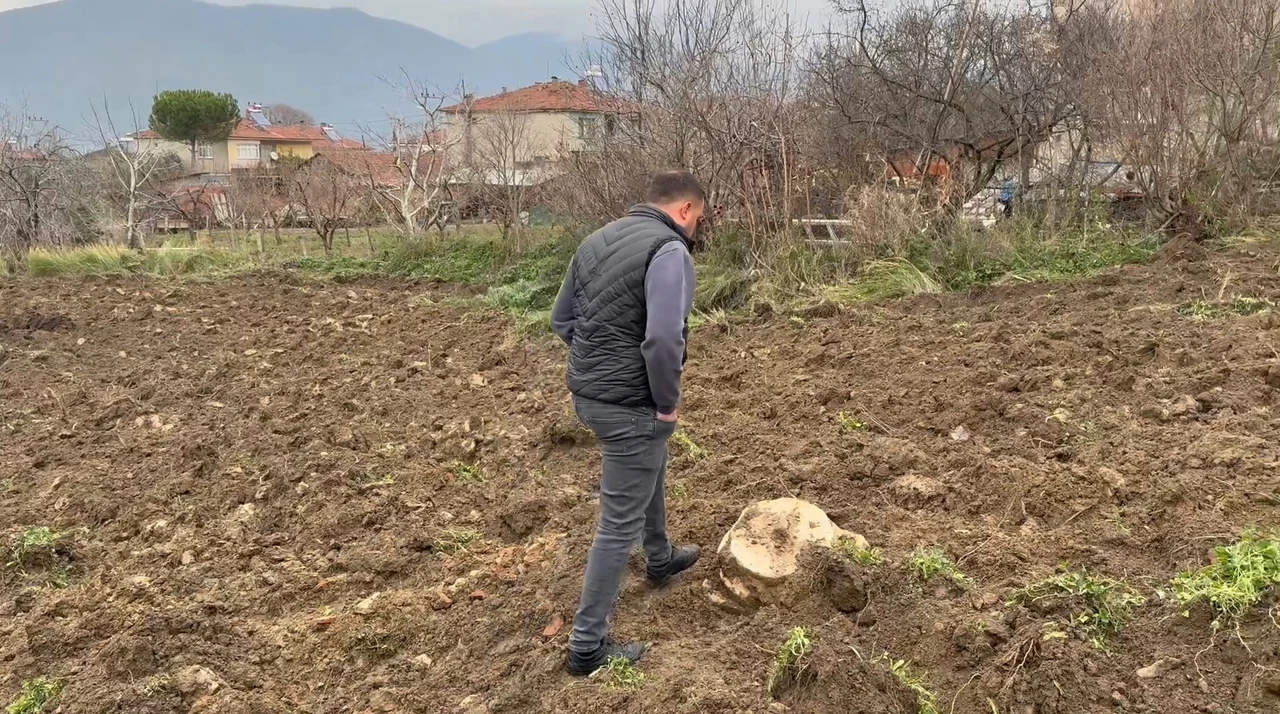
The farmer plowing his field discovered an ancient stone lid and a column capital
In the historic city of İznik, an important site in Anatolia, a farmer discovered an ancient stone lid and a column capital while plowing his field.
The lid of the sarcophagus, which was unearthed from the ground, features intricate patterns, including a cross motif.
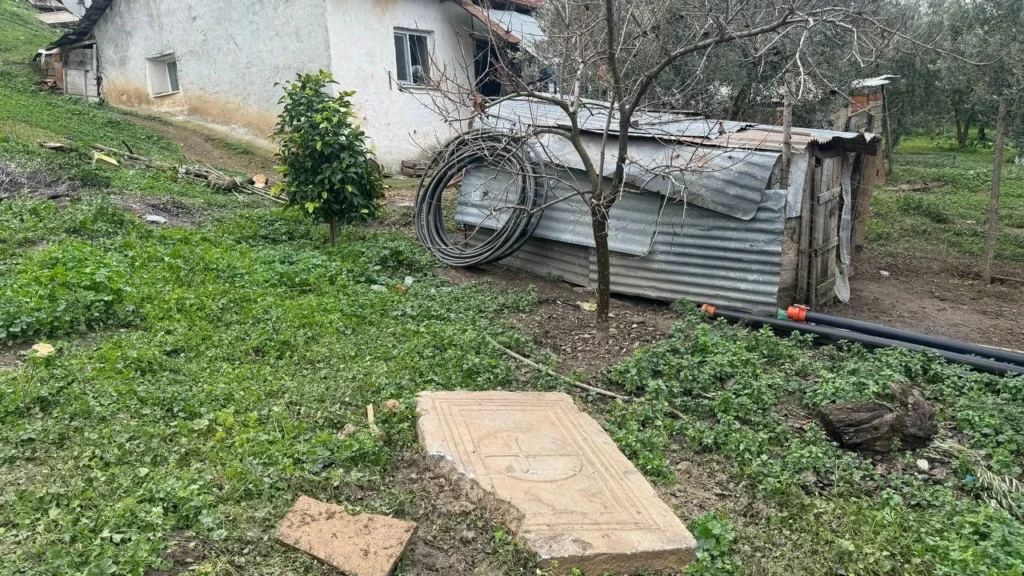
The sarcophagus, along with human bones and other artifacts, has been taken for examination by archaeologists at the İznik Museum.
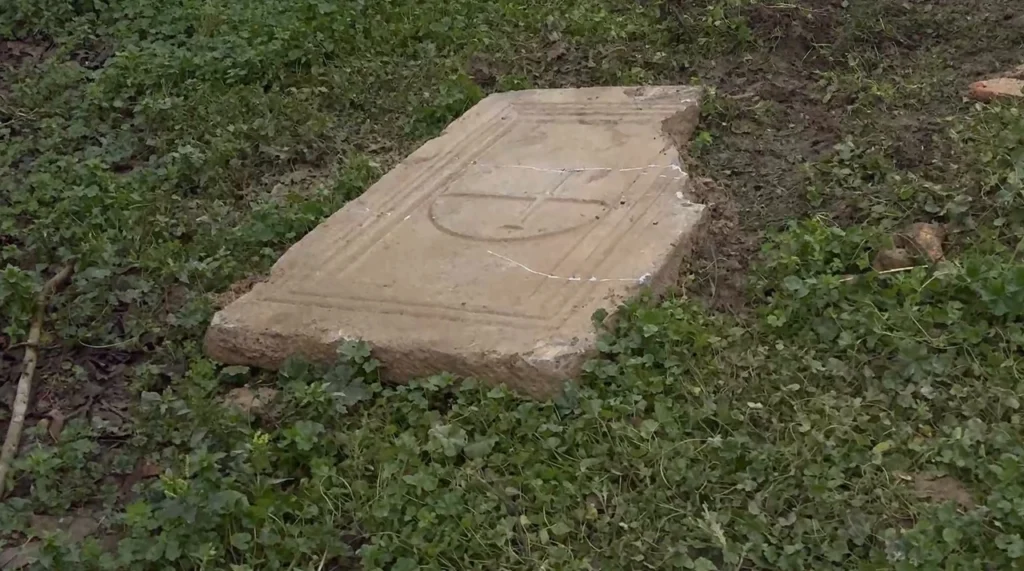
İznik, which has hosted the Roman, Byzantine, and Ottoman empires.
İznik is a city that stands out today for its historical and cultural richness and is part of Bursa Province. It served as an important center for many years as the capital of the Byzantine Empire. The city’s history dates back to the Byzantine, Roman, and Ottoman periods.
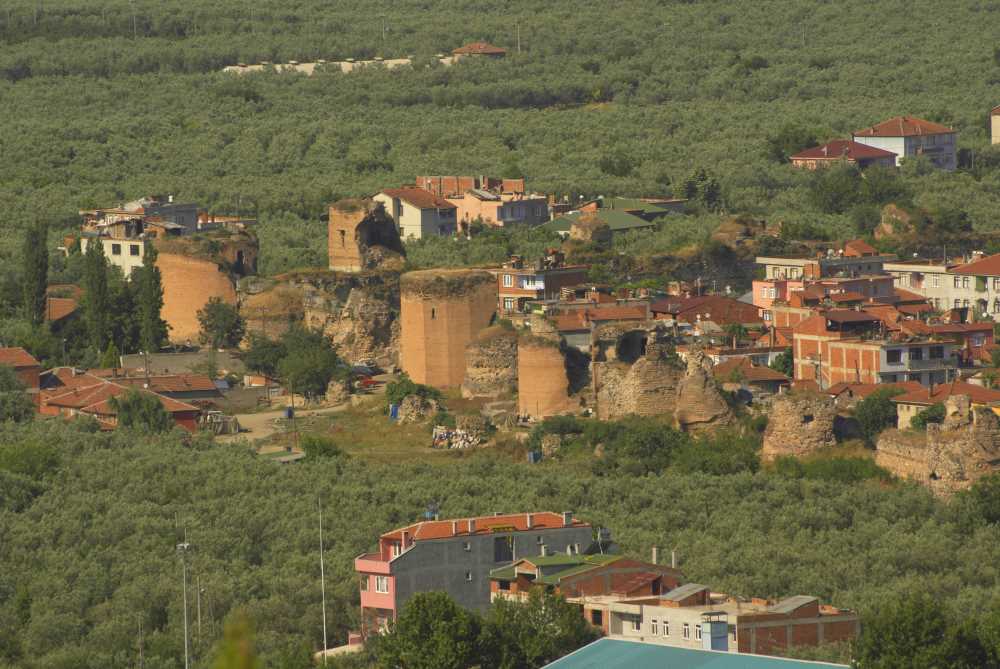
During the Roman Empire, İznik was a significant trade center. The city was one of the important cities of the era, with its city walls, baths, theater, and other structures.
In the Byzantine Empire, İznik began to be referred to as Nicaea and was considered the capital for a time after the fall of Rome. During this period, important religious councils were held in the city, which had a significant impact on the development of Christianity.
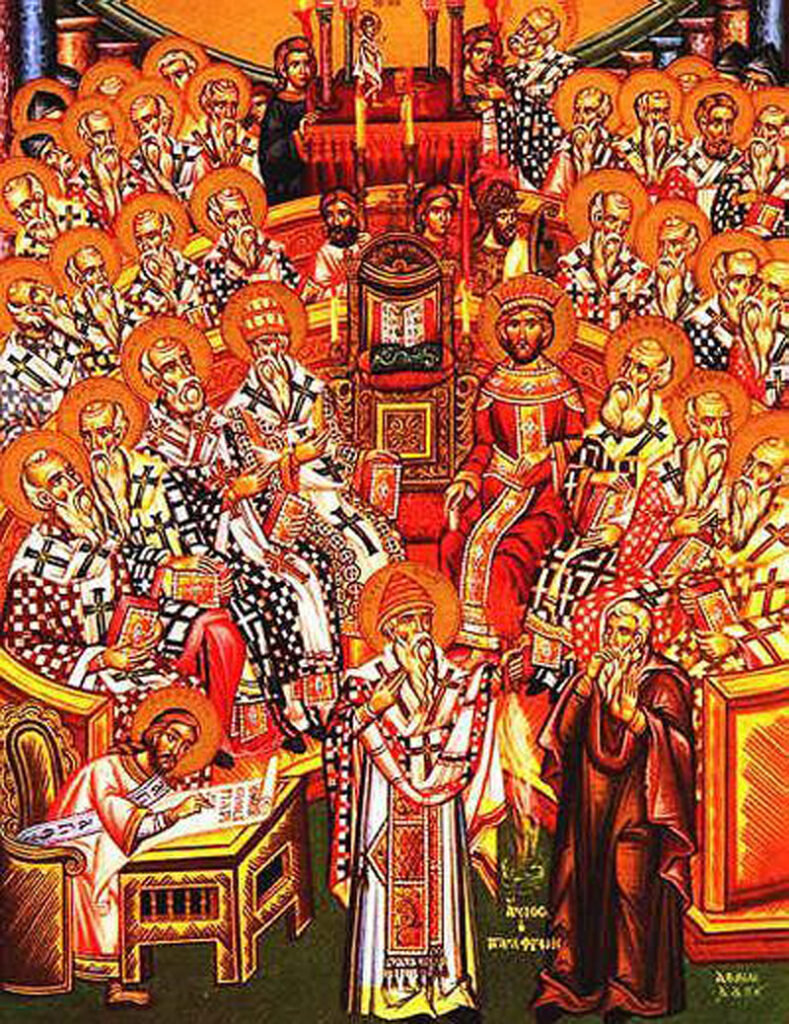
Although it began to lose its importance during the Ottoman period, the city continued to thrive culturally and religiously. Many mosques, madrasas, and tombs were built during the Ottoman era.
The city plan of Iznik was established 2,300 years ago and continues to be maintained today, which is noteworthy.
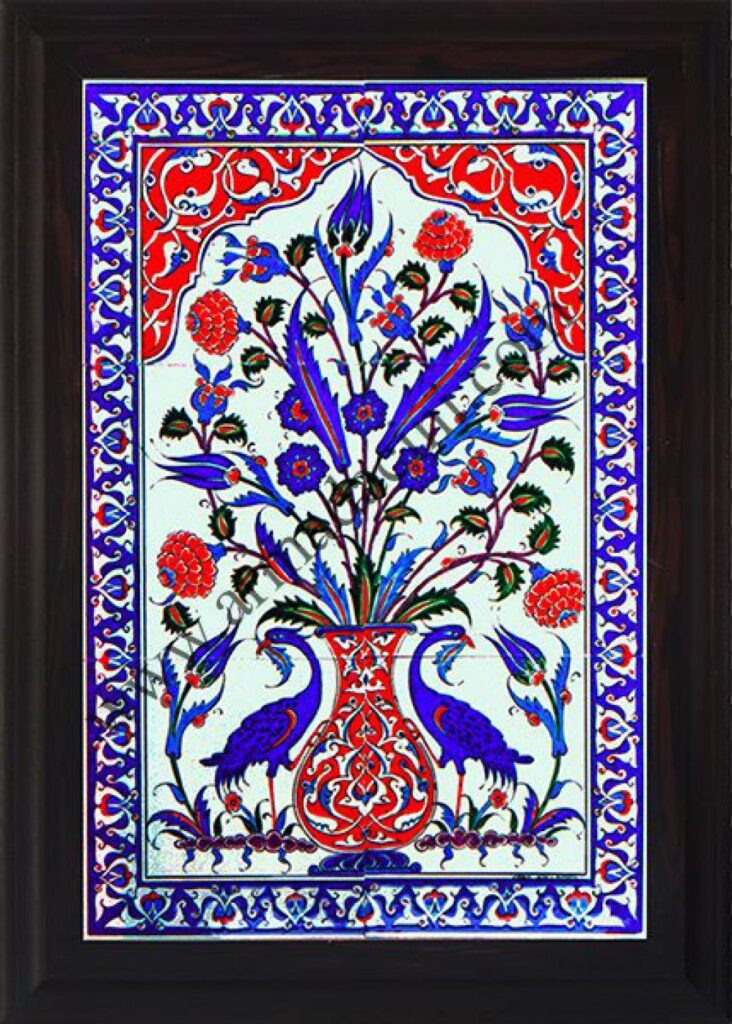
Additionally, during the Classical Age (5th to 3rd century BC), it was one of the most important dairy centers in the known world. The cheeses produced there were exported to continental Europe.
Today, İznik is a tourism city famous for its tiles. İznik tiles attract worldwide interest.
Cover Photo: IHA
You may also like
- A 1700-year-old statue of Pan unearthed during the excavations at Polyeuktos in İstanbul
- The granary was found in the ancient city of Sebaste, founded by the first Roman emperor Augustus
- Donalar Kale Kapı Rock Tomb or Donalar Rock Tomb
- Theater emerges as works continue in ancient city of Perinthos
- Urartian King Argishti’s bronze shield revealed the name of an unknown country
- The religious center of Lycia, the ancient city of Letoon
- Who were the Luwians?
- A new study brings a fresh perspective on the Anatolian origin of the Indo-European languages
- Perhaps the oldest thermal treatment center in the world, which has been in continuous use for 2000 years -Basilica Therma Roman Bath or King’s Daughter-
- The largest synagogue of the ancient world, located in the ancient city of Sardis, is being restored











Leave a Reply